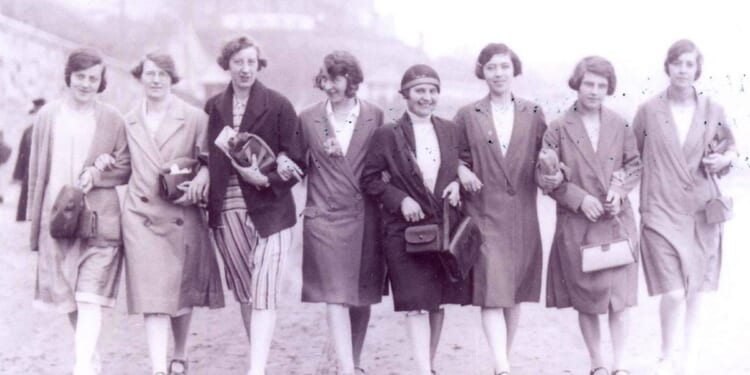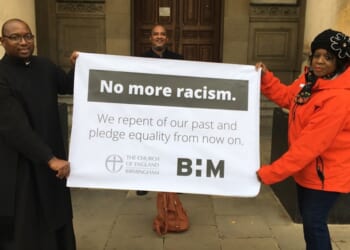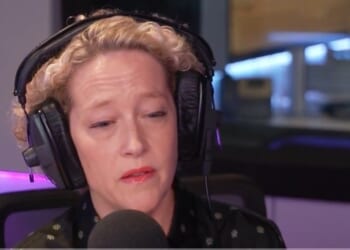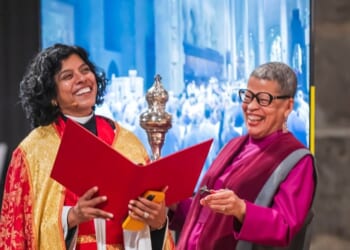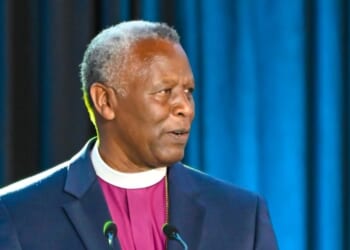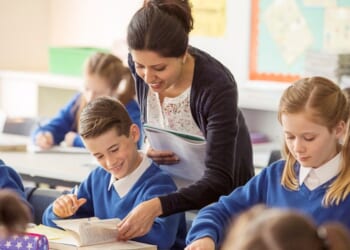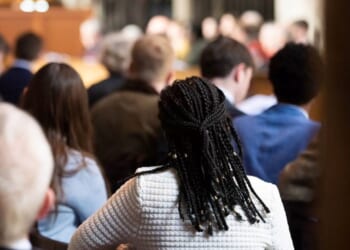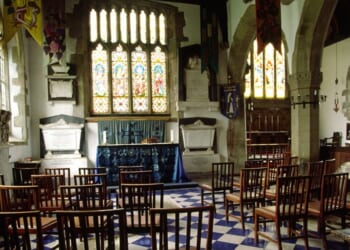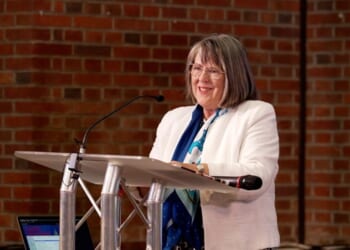THERE is nothing like a significant milestone for prompting an organisation to reflect on where it has been and where it wants to go. For charities with a Christian foundation, there is always the question of keeping faith with the purposes for which they were set up, while identifying emerging needs and who is meeting them, in a constantly changing and increasingly secular society.
The history of the Girls Friendly Society (GFS), celebrating its 150th anniversary in 2025, mirrors as closely as anything the changing nature of women’s lives and expectations. Its founder, Mary Townsend, daughter of an Irish clergyman, noted the rise of organisations devoted to those in crisis, and reflected: “If the power of rescue work will be so increased by organisation, why should no work be organised to save from falling?”
Prevention, then, was to be the watchword for her almost exclusively female-run organisation, which first addressed the vulnerability of country girls moving to the city to work in domestic service, or in mills and factories. The GFS opened “lodges” offering good, cheap accommodation. Five years after its launch, it had acquired 40,000 members and 150,000 associates: volunteers who acted as mentors.
Queen Victoria became its patron. But membership that had almost quadrupled by 1900 dwindled during and after the First World War, and the focus changed to the support and guidance of homeless women and those escaping domestic violence. GFS had opened 66 homes and hostels in England and Wales by 1925, its 50th anniversary.
The organisation further evolved into providing greater support for young working women in cities, and for young mothers. Church-based activities had always been part of the work, and the society remained formally affiliated to the Church of England until the early 2000s.
LIKE the Children’s Society, whose history has similarities, it is now a secular organisation in the UK, although some identified groups do have faith-based activities. The worldwide GFS remains very much linked to the Anglican Communion, but has broadened its reach. There is a growing male membership in some countries: in Lesotho, for example, it is the Boys and Girls Friendly Society.
The primary goal of the worldwide organisation is declared to be spiritual development and evangelism, with a strong emphasis on two of the UN Sustainable Development Goals: ensuring quality education, and promoting lifelong learning for all; and giving young people the skills they need to get decent jobs or to become entrepreneurs. Mozambique is perhaps closest to the UK in “striving to create places where young girls can flourish”.
Mary Townsend’s passionate belief in early intervention remains the driver of the UK charity in its focus on tackling gender inequalities and working to build the confidence and aspirations of young girls in disadvantaged areas before they get degraded and reversed in teenage years.
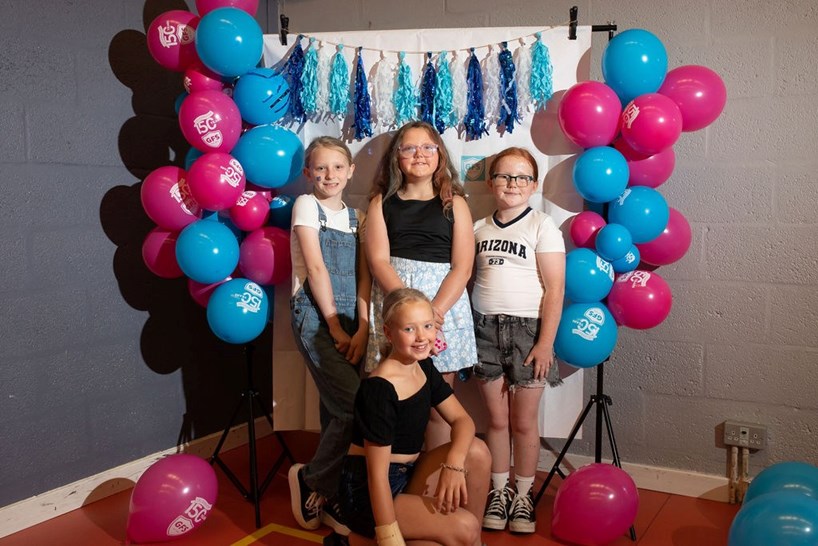 Girls Friendly SocietyPresent-day GFS group members
Girls Friendly SocietyPresent-day GFS group members
The prospect of the 150th anniversary prompted a complete overhaul of the society’s aims, objectives, and practices, and a sharpening of its focus, leading it to affirm: “Our vision is of a world where girls and young women are free to be themselves and feel proud of who they are. In everything we do we will be girl-focused, brave, feminist, ambitious, inclusive, and fun.”
Rita Sebestyen, who chairs the GFS, quotes, in an outline of the strategic plan, one of the earliest feminists, Mary Wollstonecraft: “I do not wish women to have power over men, but over themselves”; and Emmeline Pankhurst’s declaration, “We have to free half of the human race, the women, so that they can help to free the other half.”
The GFS will exist until there is gender equity, it declares, acknowledging: “The gender bias children are exposed to from a young age is extremely damaging. For girls in particular, stereotypes and a lack of role models and opportunities are limiting their futures, confidence, and general happiness.”
It has chosen to concentrate its work with girls in the most deprived parts of England and Wales, “where we know girls’ futures are disproportionately disadvantaged”. The GFS runs after-school groups for girls, which provide “a fun and safe space for them to have new experiences and feel valued for who they are, and be inspired”.
Research has shown, it says, that, from the age of five, girls start to see themselves and what they can achieve differently, “with girls as young as six telling us they cannot be themselves”; and that, by the age of 17, only 38 per cent of girls feel able to be themselves.
The majority of the girls served by the clubs are aged between five and 13, identified as those who most need help. “The intersection of gender with disability or language or socio-economic challenges can be overwhelming and lead girls to feeling totally isolated,” the strategy document outlines.
Early intervention is proving most effective for girls in Year 5: results show higher levels of confidence as they embark on their final year in primary school. The charity’s report Girls Speak: Navigating the conflicts of girlhood in 2025, published in January, observes “It must be an exhausting time to be a girl.”
It acknowledges that present-day society is developing for the better at unprecedented rates — “Generations of women have paved the way to progression” — but pinpoints the unavoidability of social media, “often curated, conveying unrealistic portrayals of the ‘ideal’”.
Research conducted by Girl Guiding in 2024 supported GFS’s findings that girls were feeling the pressures on them more intensely, and at an earlier age, than 20 years ago.
 Girls Friendly SocietyArchive photo of a Girls Friendly Society group
Girls Friendly SocietyArchive photo of a Girls Friendly Society group
A key goal for the organisation is to engage more closely with stakeholders and those closest in ethos to the GFS. “We’re currently the hosts of the Girls’ Rights Collective, and through this are able to support connections across the girls sector,” the current CEO, Heather Smith, says. The Youth Sport Trust, Plan UK, and Girl Guiding were partners in the report.
“We undeniably work in a similar space. They do brilliant work at building skills and competencies as well as giving girls inspiration and motivation to try new things,” she suggests. “We are all about developing socio-emotional skills such as confidence, resilience, and well-being — and, importantly, supporting girls in areas of deprivation, where we know that there are multiple challenges and barriers for girls to access this kind of support.
“We tend to attract girls who haven’t found a home in more mainstream provision, and we also proactively make sure our spaces are inclusive — some groups have a quiet zone or a well-being space, for example, so that if girls need some time out, they have somewhere to go.”
LINDSEY STEVENSON is the group co-ordinator for Chester-le-Street, a market town north of Durham. An experienced former teacher, she has worked in many different contexts, including those of autism and special needs, and her portfolio includes mentoring university students.
She has a group of 12 girls, mostly aged between eight and 11, and with a couple of teenagers. Word of mouth has brought most of them in, and girls bring their sisters. She describes them as “a very active group that love to be doing things, particularly crafts and games, and trying lots of different things”, which can be anything from pizza and cookie-making to artwork, some simple yoga from a visiting practitioner, or a game of Murder.
“In the GFS, there isn’t the pressure to work for a badge, where you might feel left behind, or that you weren’t doing enough. There are no goalposts,” she says. “I went on my first residential at the beginning of the year, and one of the girls who is normally really quiet and timid went on the zip wire — we were so proud of her for trying.
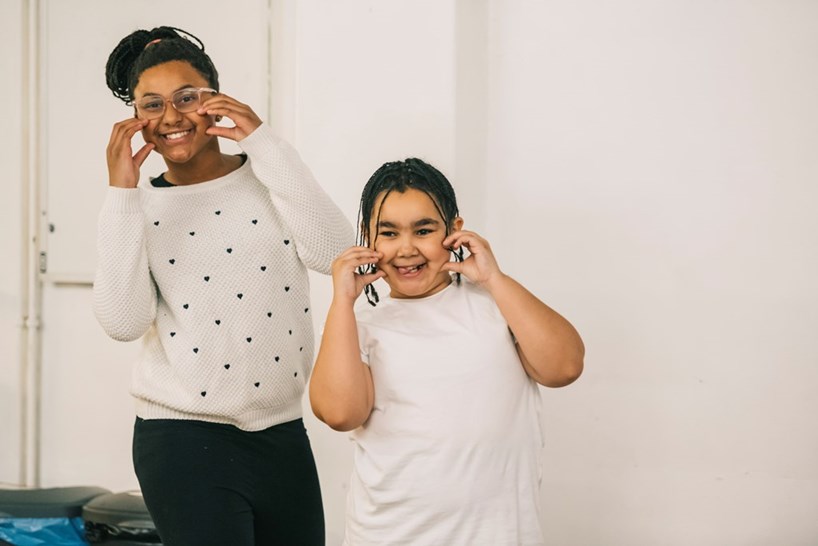 Girls Friendly SocietyPresent-day GFS group members
Girls Friendly SocietyPresent-day GFS group members
“They’ll come in and say, ‘Watch me do a cartwheel!’ Girls come in who are a bit unsure and shy, and I see them blossom. Others come in craving attention, and it’s about working with them to understand what is the right way and the wrong way to get it. We see them calming down.”
Transition to secondary school is a significant milestone: there is help here with building girls’ self-confidence for that, plus chats with any parents who want to draw on her experience. The older girls help the younger ones. “One has got very into braiding hair, and she’s really enjoying doing that,” Ms Stevenson says. “They see someone doing something like that and want to emulate it.”
The charity uses Plan UK’s “Toughest place to be a girl” index (which draws on gender-disaggregated local-authority data) to identify the areas where it is most needed. Another of its goals is to become an expert in the field by creating its own data.
“There’s a real gap in data, especially for younger girls,” Mrs Smith says. “Plan UK and Girl Guiding have some great state-of-the-nation insights, but we see ourselves as having more of a niche in primary-aged girls, and so are focusing there predominantly. We’re evolving and learning all the time.”
A 150-year-old charity thoroughly overhauling itself faces many challenges in seeking to raise its profile, refine its clear narrative about what it does and why it is needed, and look at how it can reach new and broader audiences — all of which “goes hand in hand with what we are actually delivering as well”, she says.
Mary Townsend could not have conceived what the world would look like for girls and women in 2025. But she would undoubtedly have understood the passion to help them all flourish.

